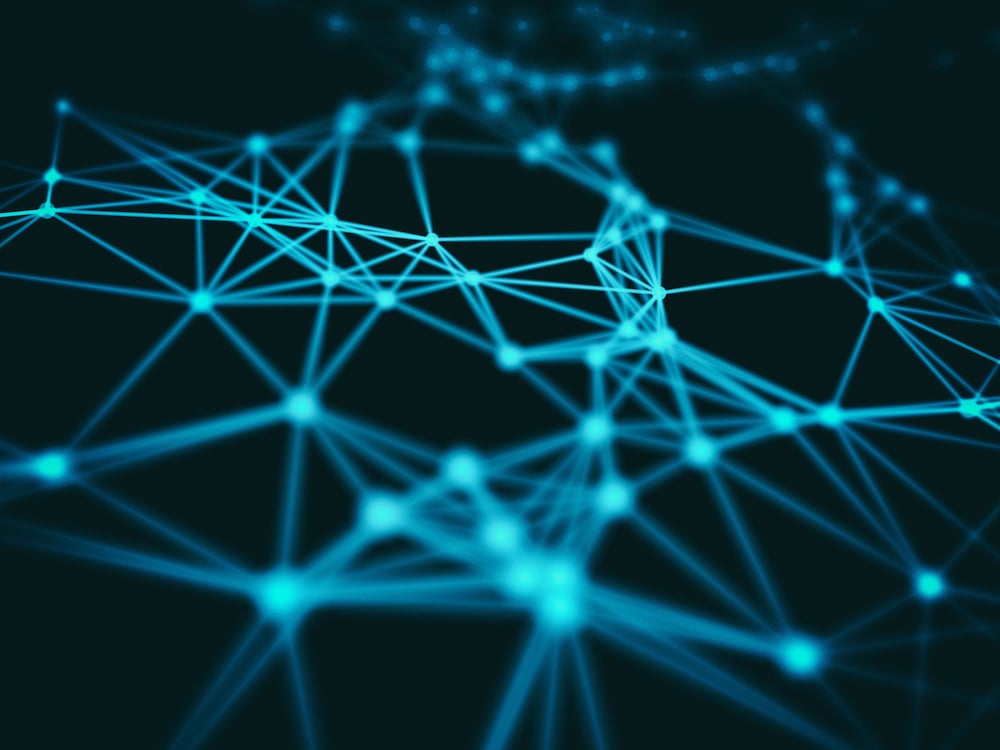In the ever-evolving landscape of enterprise computing, new paradigms are continuously emerging to meet the unique challenges of data management and processing. Two of the most popular paradigms today are distributed computing and edge computing. While distributed computing focuses on maximizing performance through a network of interconnected systems, edge computing aims to optimize data processing by bringing computation closer to the data source.
Both approaches are integral to modern computing strategies, yet they serve different needs and tackle different challenges. The question is — which one is best equipped to serve your particular requirements? Let's delve deeper into the differences between distributed computing vs. cloud computing, and why one is becoming a pivotal part of today's tech landscape.
What Is Edge Computing?
Edge computing is a relatively recent adaptation of computing models, reshaping the way enterprises handle data and services. In edge computing, data processing and service delivery occur right next to the source—whether that's a smartphone user or a point-of-sale system. This proximity ensures timely and efficient operations, which properly positions your organization to adapt to emerging edge computing trends.
From Distributed Computing to Edge Computing
Distributed computing has been a mainstay in the computing world for several decades, laying the groundwork for many of the systems we use today. In this setup, computational tasks are divided among multiple machines or systems, offering a wealth of benefits, such as enhanced performance, reliability, and scalability.
Why is Distributed Computing Still Relevant?
While it may seem like an old concept, distributed computing still holds its own, particularly in big data analytics, resource-heavy scientific research, and complex simulations. Its strength lies in its ability to break down tasks into smaller parts, distributing them across a network of machines to be processed simultaneously. This results in high efficiency and flexibility, allowing systems to adapt to varying workloads seamlessly.
The Synergy Between Distributed and Edge Computing
Edge computing, on the other hand, is more focused on locality—processing data closer to its source to reduce latency and enhance real-time analysis. While the two concepts are distinct, they can work synergistically. For instance, a distributed computing system can include edge computing hardware, thus combining the high-performance computation of distributed systems with the low-latency advantages of edge computing.
This synergy allows organizations to leverage the best of both worlds: the raw computational power and scalability of distributed computing and the localized, real-time data processing capabilities of edge computing. Together, they create a holistic computing environment that can meet the complex demands of modern enterprises.
Connecting the Dots of a Distributed Cloud
A distributed cloud uses cloud technology to connect the distributed resources in a network. This model makes it easier for edge computing hardware and devices — such as servers, routers, and WiFi — to work as an extension of an enterprise network. In essence, the edge can be virtually anywhere a device is connected.
Key Components of Edge Computing
Understanding edge computing is like piecing together a puzzle — each component has a unique role, yet they all interlock to form a complete picture. From the layout of your IT infrastructure to the remote servers in branch offices, each part is crucial for seamless functionality and optimized performance.
Whether you're new to the concept or looking to enhance your existing setup, grasping these four key components will provide a comprehensive understanding of edge computing's unique ecosystem.
Here's a quick breakdown:
- Edge topology: This is your entire IT infrastructure, focusing specifically on the network layout and architectural components related to edge computing.
- Enterprise (or core) data centers: These centralized facilities are designed to support your organization's overall operational needs.
- Edge data centers: These are remote facilities that independently handle localized computing and processing tasks.
- Edge devices: These are hardware elements deployed at the network's end, such as servers in a branch office, which perform localized computing services.
How Can Edge Computing Be Used to Improve Sustainability?
The conversation around sustainability is more urgent than ever. The state of our environment is not just a trending topic; it's a call to action that we can't afford to ignore. While it might not seem obvious at first glance, the tech industry — particularly edge computing — holds the power to make a real difference.
By bringing computing closer to the source of data, edge computing minimizes the energy-draining, long-haul data transmissions we often see in traditional cloud or centralized computing setups. This isn't just about reducing operational costs or improving performance — it's about diminishing our carbon footprint and making a conscious effort to better the state of our planet.
On top of that, localized data processing and smart IT procurement enable two things for your data center; you save on energy by not having to run your systems round-the-clock, and you buy fewer assets and spend less on them when you do.
When we zoom out, edge computing's focus on efficient resource usage is a step toward a more sustainable and responsible future. It can pave the way for green IT initiatives, leading by example for other sectors to follow.
Ultimately, sustainability is not a standalone issue; it's a collective responsibility. Edge computing offers us a way to turn technological advancement into environmental stewardship.
Meet Your Ideal Edge Computing Partner
Choosing the right partner is crucial when you're looking to maximize the benefits of edge computing. RF Code provides enhanced visibility, robust security, and continuous monitoring, making it an ideal solution for any enterprise. With unique hardware and software solutions tailored to your specific needs, RF Code offers the real-time alerting and monitoring necessary for securely managing even the most remote and demanding edge computing environments.
By aligning with RF Code for your edge computing projects, you're not only staying ahead of the curve — you're defining it. Make the smart choice for a faster, more efficient, and eco-friendly operation.
Learn more about the edge with our whitepaper Standing at the Edge? Look Before You Leap.



